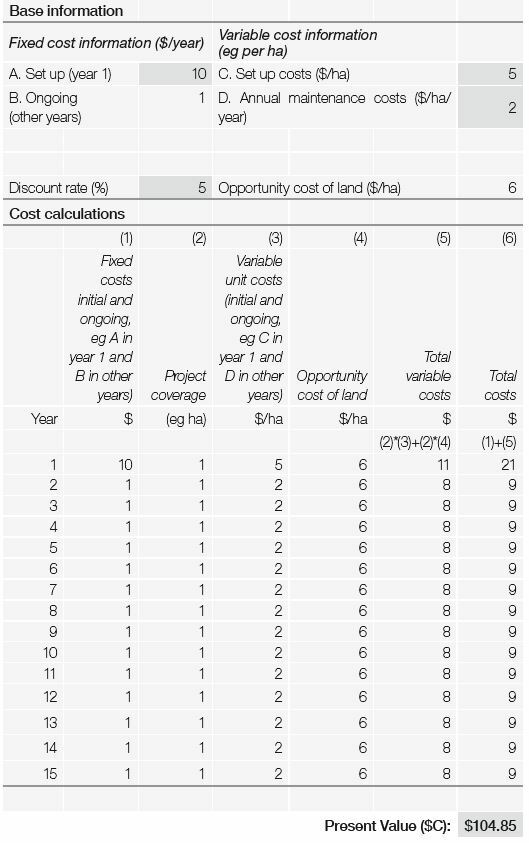Figure 9.1 is an extract from a spreadsheet template showing how to compile estimates of annual costs associated with a project. The numbers in the extract are illustrative only.
Figure 9.1: Cost module: spreadsheet extract |
|
|
Data source: CIE
This extract distinguishes between:
-
fixed costs (those that are not a function of area) and variable costs (those that are a function of area)
-
start-up costs (in Year 1) and ongoing costs (for all following years).
The distinction between fixed and variable costs is very important for the business case:
-
It allows the analysis to test whether the project can cover variable costs. If it cannot, it will be unable to cover the fixed costs of the project.
-
The magnitude of fixed costs (relative to overall costs) determines the minimum viable size for the project.
Note that this template extract also includes the opportunity cost of land. This is a variable cost (it depends on the number of hectares) and occurs every year.
Explore the full Workshop Manual: The business case for carbon farming: improving your farm’s sustainability (January 2021)
Read the report
RESEARCH REPORTS
1. Introduction: background to the business case
This chapter lays out the basic background and groundwork of the manual
RESEARCH REPORTS
1.2 Being clear about the reasons for participating
Introduction: background to the business case
RESEARCH REPORTS
1.4 Working through the business case for carbon farming
Introduction: background to the business case
RESEARCH REPORTS
1.5 Factors determining project economics
Introduction: background to the business case
RESEARCH REPORTS
1.8 Important features of the business case
Introduction: background to the business case
RESEARCH REPORTS
2. How carbon is farmed under the ERF
This chapter considers in detail the activities that constitute carbon farming
RESEARCH REPORTS
2.5 Carbon farming under the Emissions Reduction Fund
How carbon is farmed under the ERF
RESEARCH REPORTS
3. The policy context and the price of ACCUs
This chapter takes a broad look at the policy context for carbon farming























